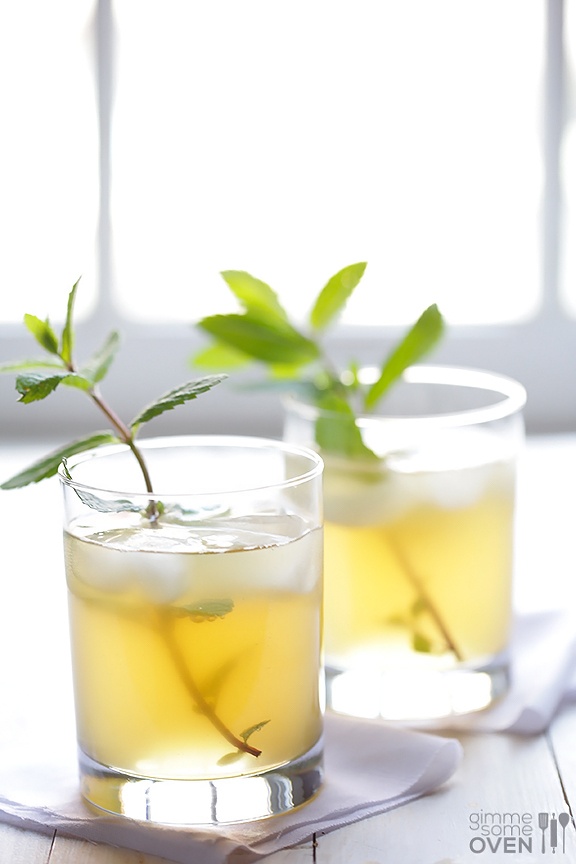When to Shake and When to Stir
 James Bond was so wrong when he asked for his martini “shaken, not stirred.” Deciding when to shake and when to stir a cocktail is an important part of mixology, and has a huge impact on a drink’s texture and appearance. Here are the ground rules for shaking or stirring, so you won’t make Bond’s same mistake again. Shaking
James Bond was so wrong when he asked for his martini “shaken, not stirred.” Deciding when to shake and when to stir a cocktail is an important part of mixology, and has a huge impact on a drink’s texture and appearance. Here are the ground rules for shaking or stirring, so you won’t make Bond’s same mistake again. Shaking
- When: Shake cocktails when they include fruit juices, cream liqueurs, simple syrup, sour mix, egg, dairy or other thick mixers.
- Equipment: Cocktail shaker ($10), Hawthorne strainer ($4, the strainer with the metal spring on it).
- Why: Shaking adds tiny air bubbles into the mixture, making it easy to drink with a light texture. For drinks with fruit juice, it gives a frothy appearance, and for drinks with egg, it adds a foamy, meringue-like layer on top.
- Examples: Daiquiri, Whiskey Sour
Stirring
- When: Stir cocktails when they use distilled spirits or very light mixers. Many gin and whiskey cocktails are stirred because shaking might “bruise” the spirit.
- Equipment: Bar spoon (set of 2 for $5), julep strainer ($5, the strainer that looks like a slotted spoon with holes in it).
- Why: No air bubbles to cloud the clarity of the drink. The stirred cocktail will have a silky texture and creamy feel. Stirring also maintains the aromas of the spirit.
- Examples: Manhattan, Mint Julep
_Photo credit: gimmemeoven.com _
Last modified on 2014-11-22